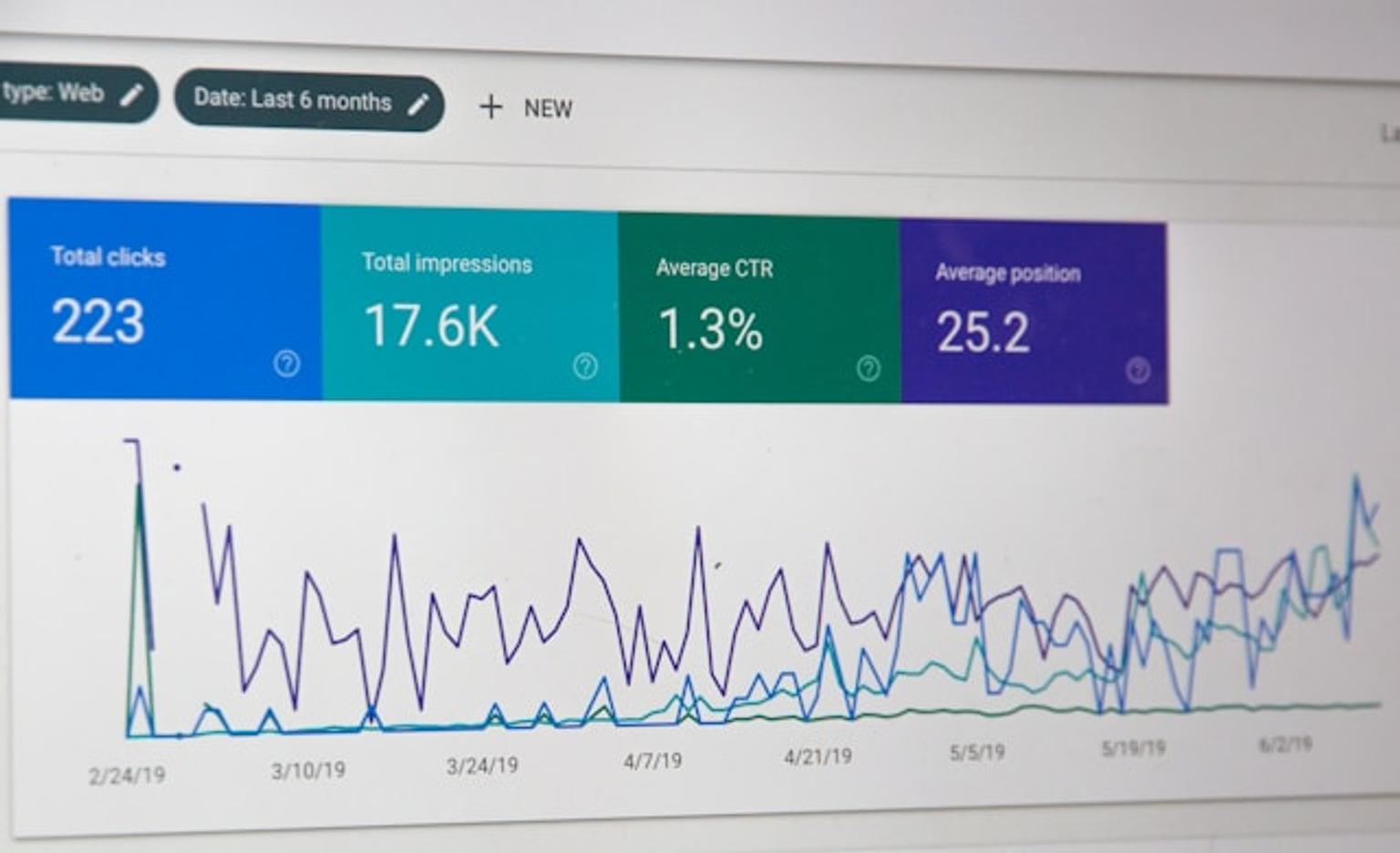Top 10 Advanced Keyword Research Techniques for E-commerce in 2024
Deep dive into the latest and most advanced techniques for keyword research tailored for e-commerce businesses in 2024.


Keyword research remains the cornerstone of any successful e-commerce SEO strategy. As we step into 2024, the e-commerce landscape continues to evolve, making advanced keyword research techniques more crucial than ever.
1. Introduction
Advanced keyword research can significantly boost your e-commerce site's visibility, attract more targeted traffic, and drive higher sales and profits. This guide covers essential techniques and platform-specific strategies to help you stay ahead of the competition in the dynamic e-commerce landscape of 2024.
2. Leverage Long-Tail Keywords
Long-tail keywords are more specific and less competitive than short-tail keywords, making them invaluable for targeting niche markets. These keywords typically have lower search volumes but higher conversion rates. For example, instead of targeting "running shoes," you might use "best running shoes for flat feet."
Benefits of Long-Tail Keywords
- Higher conversion rates: These keywords attract users who are closer to making a purchase.
- Less competition: Easier to rank for compared to broad keywords.
- Better user intent match: Long-tail keywords often align more closely with user queries.

3. Utilize Voice Search Trends
Voice search is rapidly gaining traction with the proliferation of digital assistants like Siri, Alexa, and Google Assistant. Optimizing for voice search requires a different approach than traditional text-based search.
How to Optimize for Voice Search
- Natural language phrases: Use conversational phrases and questions.
- Local SEO: Include phrases like “near me” to capture local searches.
- Featured snippets: Aim for structured content that can be easily read by voice assistants.
Example
For a yoga mat e-commerce site, instead of just using "yoga mat," consider "Where can I buy an eco-friendly yoga mat?" This aligns with how people naturally speak when using voice search.
Importance in 2024
As more users adopt smart speakers and voice-activated devices, ensuring your content is optimized for voice search will become increasingly important for maintaining and improving search rankings.
4. Competitor Keyword Analysis
Analyzing competitor keywords can reveal gaps and opportunities in your keyword strategy. Tools like SEMrush and Ahrefs are excellent for this purpose.
Steps for Competitor Keyword Analysis
- Identify Competitors: Use tools like SEMrush to find competitors in your niche.
- Analyze Keywords: Look at the keywords your competitors rank for.
- Identify Gaps: Find keywords that your competitors rank for, but you do not.
- Optimize Content: Use this data to enhance your content and fill gaps.
Tools for Competitor Analysis
- SEMrush: Provides comprehensive keyword data and competitive analysis.
- Ahrefs: Offers detailed insights into competitors' keyword strategies.
Extended Benefits
Competitor analysis not only helps in identifying keyword opportunities but also provides insights into successful content strategies, backlink profiles, and market positioning. This holistic view enables you to tailor your SEO strategy to outperform competitors.
5. Explore Keyword Modifiers
Keyword modifiers are words that refine or alter the base keyword, making them more specific and less competitive. Common modifiers include “best,” “cheap,” “review,” and the current year.
Importance of Keyword Modifiers
- Specific targeting: Helps in targeting very specific search intents.
- Reduced competition: Lower competition compared to broader terms.
- Higher relevance: Increases the relevance of your keywords.
How to Find and Use Keyword Modifiers
- Google Auto-Suggest: Use Google’s autocomplete feature to find modifiers.
- Competitive Analysis: See what modifiers competitors are using.
- Example: Instead of "organic skincare," use "best organic skincare products 2024."
Practical Applications
Using keyword modifiers helps you tap into specific user needs and queries, which can lead to higher engagement and conversion rates. This is particularly useful in e-commerce where user intent can vary significantly based on product specifics and user preferences.
6. Content Clustering
Content clustering involves grouping related keywords to create comprehensive content that covers a topic in-depth. This approach helps in targeting a broader range of user queries and improves internal linking.
Benefits of Content Clustering
- Enhanced SEO: Improves the chances of ranking for multiple related terms.
- Better user experience: Provides thorough information, keeping users on your site longer.
- Internal linking: Facilitates better internal linking structures.
Example of Content Cluster
For an e-commerce site selling kitchen appliances:
- Main Topic: Best Kitchen Appliances 2024
- Subtopics: Best blenders, Best microwaves, Best dishwashers
Implementation Tips
Ensure that each piece of content within the cluster links back to the main pillar page and to each other. This structure not only aids SEO but also improves navigation and user experience, making it easier for visitors to find relevant information.

7. Use Advanced Tools
Advanced keyword research tools provide detailed insights into keyword metrics, helping you prioritize and refine your strategy.
Recommended Tools
- SEMrush: Offers a comprehensive suite of tools for keyword research and competitive analysis.
- Ahrefs: Known for its detailed backlink analysis and keyword research capabilities.
- Google Keyword Planner: Useful for understanding search volumes and trends.
Tool Comparisons
- SEMrush vs. Ahrefs: SEMrush is excellent for keyword research and competitive analysis, while Ahrefs excels in backlink analysis and content gap identification.
- Google Keyword Planner: Best used for initial keyword research and understanding market trends.
How to Maximize Tool Use
Combine insights from multiple tools to get a holistic view of keyword opportunities. For example, use SEMrush for keyword ideas and Ahrefs for competitor analysis, then validate with Google Keyword Planner for search volumes.
8. Customer Feedback and Social Listening
Customer feedback and social listening are invaluable for understanding the language and terms your audience uses. This can be leveraged to refine your keyword strategy.
How to Utilize Customer Feedback
- Reviews: Analyze product reviews to identify common phrases and terms.
- Social Media: Use social listening tools to monitor discussions and trends.
- Forums: Participate in forums and Q&A sites to see what questions your audience is asking.
Tools for Social Listening
- Hootsuite: Tracks social media mentions and trends.
- BuzzSumo: Identifies popular content and key influencers in your niche.
Integrating Feedback
Use the insights gained from customer feedback and social listening to create more targeted and relevant content. This not only improves SEO but also enhances customer satisfaction and engagement.
9. Trend Analysis
Using tools like Google Trends helps you track the popularity of search terms over time, allowing you to capitalize on seasonal trends or emerging topics.
Benefits of Trend Analysis
- Stay current: Identify and leverage trending topics.
- Seasonal adjustments: Tailor your content for peak times.
- Emerging trends: Get ahead of the competition by spotting new trends early.
How to Use Google Trends
- Identify Seasonality: Look at historical data to find seasonal trends.
- Emerging Keywords: Spot rising search terms early and create content around them.
- Geographic Insights: Tailor your strategy based on regional search trends.
Practical Applications
Regularly monitor trends to ensure your content strategy remains relevant and timely. This proactive approach can significantly boost your site's visibility during peak search times.
10. Optimize for Latent Semantic Indexing (LSI)
LSI keywords are related terms that provide context to your primary keyword. They help search engines understand the content better and improve your ranking.
How to Optimize for LSI
- Use related terms: Include synonyms and related phrases in your content.
- Google Search: Identify LSI keywords by looking at the bolded terms in Google search results.
- Example: For “organic gardening,” use related terms like “sustainable gardening practices” and “natural fertilizers.”
Benefits of LSI
- Enhanced content relevance: Helps search engines better understand your content.
- Reduced keyword stuffing: Allows for natural keyword usage without overstuffing.
- Improved rankings: Boosts the chances of ranking for multiple related terms.
11. Perform Content Gap Analysis
A content gap analysis involves identifying keywords that your competitors rank for, but you do not. This helps in finding new content opportunities.
Steps for Content Gap Analysis
- Identify Competitors: Use tools like Ahrefs to identify competitors.
- Analyze Keywords: Look at the keywords competitors rank for.
- Identify Gaps: Find keywords where there is an opportunity for you to rank.
- Create Content: Develop content to fill these gaps.
Benefits of Content Gap Analysis
- Discover new opportunities: Find keywords you haven't targeted yet.
- Improve content strategy: Create content that fills gaps in your niche.
- Outperform competitors: Gain an edge by targeting keywords your competitors missed.
12. Platform-Specific Keyword Research
Amazon SEO
- Product Titles: Use relevant keywords in product titles.
- Backend Search Terms: Fill out all available fields with relevant keywords.
- Tools: Use Helium 10 and Amazon Brand Analytics for insights.
Strategies for Amazon
- Product Descriptions: Optimize with secondary keywords.
- Reviews: Encourage customer reviews to boost rankings.
- Fulfillment by Amazon (FBA): Utilize FBA for better visibility and customer trust.
Etsy SEO
- Titles and Tags: Optimize product titles and tags with relevant keywords. Use specific, descriptive phrases that potential buyers are likely to search for.
- Descriptions: Include keywords naturally in product descriptions, focusing on detailed and accurate descriptions of your items.
- Tools: Utilize tools like Marmalead and Etsy’s search suggestions to discover high-ranking keywords relevant to your products.
Strategies for Etsy
- Long-Tail Keywords: Use long-tail keywords to target niche markets within Etsy.
- SEO Best Practices: Follow Etsy SEO best practices, such as using all 13 tags, filling out all shop sections, and regularly updating your listings.
- Customer Reviews: Encourage customer reviews to improve your shop’s credibility and visibility.
TikTok SEO
- Hashtags: Use relevant and trending hashtags to increase the discoverability of your videos. Research popular hashtags within your niche and include a mix of broad and specific tags.
- Trending Sounds: Leverage trending sounds and music to make your videos more engaging and likely to be featured on the For You page.
- Tools: Utilize TikTok’s Discover feature and third-party tools like Hashtag Expert to find trending hashtags and sounds.
Strategies for TikTok
- Consistent Posting: Maintain a consistent posting schedule to engage your audience and attract new followers.
- Engaging Content: Create content that resonates with your target audience, using popular trends and challenges to increase visibility.
- Influencer Collaborations: Partner with influencers in your niche to reach a broader audience and boost your profile’s credibility.
13. Conclusion
By implementing these advanced keyword research techniques, you can enhance your e-commerce site's visibility, attract more targeted traffic, and drive higher sales and profits. Staying ahead in the competitive landscape of 2024 requires continuous adaptation and optimization of your SEO strategies. Utilize the tools and strategies outlined in this guide to ensure your e-commerce business thrives in the coming year.